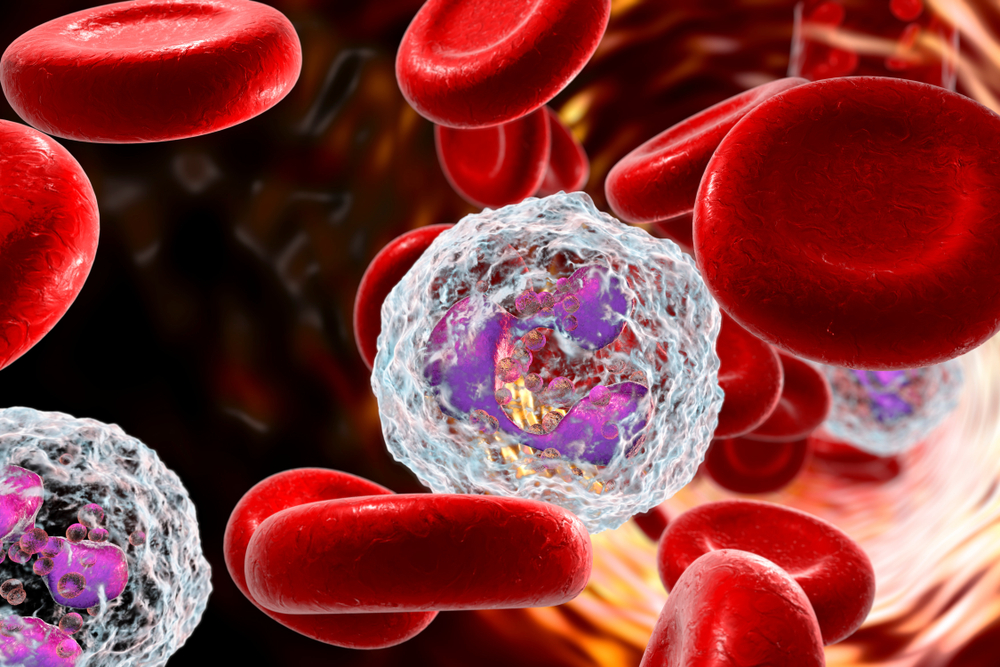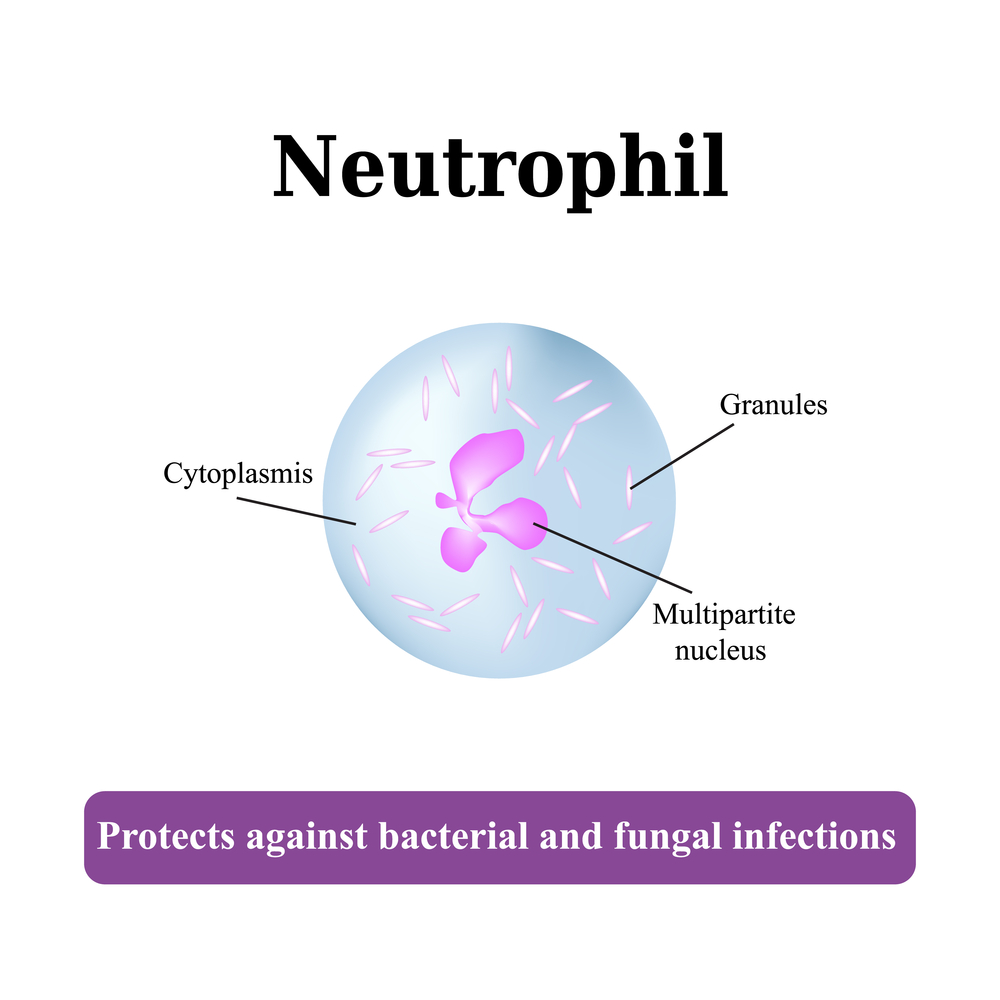Neutrophils: Critical Players in Immune Defense
Discover the vital role of neutrophils in immune defense. This article explores their origin, functions, and factors affecting their levels, emphasizing their importance in combating infections. Learn how these white blood cells rapidly respond to pathogens, produce extracellular traps, and how conditions like neutropenia compromise immunity. A detailed overview suitable for healthcare professionals and students alike.

Overview of Neutrophils
Neutrophils are essential white blood cells prominently featured in blood tests. They form a significant portion of immune cells, making up roughly 40% to 70% of leukocytes. These cells are vital in fighting bacterial infections and toxins. When neutrophil levels fall below normal, a condition called neutropenia occurs, weakening immune defenses. Originating mainly in the bone marrow, neutrophils circulate in the bloodstream for hours before migrating into tissues where they survive up to two days, actively defending the body against pathogens.
Neutrophil Formation and Function
Produced mainly in the bone marrow, especially in long bones and pelvis.
Approximately 55-60% of marrow activity is dedicated to neutrophil synthesis.
Daily production is about 10^11 neutrophils, increasing significantly during infections.
Neutrophils have nuclei with 2 to 5 lobes; abnormal shapes can indicate nutritional deficiencies.
Why Are They Called Neutrophils?
Their name stems from their staining with neutral dyes, giving them a pink appearance.
They are produced rapidly during infections, highlighting their immune role.
They are granulocytes with lobed nuclei connected by chromatin strands, vital for rapid response.
Neutrophil Features and Defense Strategies
Size ranges from 9 to 15 microns, shrinking to about 9 microns in blood.
They migrate quickly to infection sites, crossing blood vessel walls via chemotaxis.
Recent studies show neutrophil swarming, where these cells coordinate movement to contain infections.
They engulf pathogens through phagocytosis and destroy them with enzymes released during degranulation.
Neutrophils produce extracellular traps (NETs) to trap bacteria, which can also contribute to inflammation.
Initially, they fight infections and activate other immune cells; however, overactivation can worsen autoimmune diseases.
Causes of Neutropenia
Commonly caused by chemotherapy-induced suppression of neutrophils.
Other factors include radiation, infections like hepatitis and HIV, hypersplenism, malaria, sepsis, medications, and autoimmune disorders.


